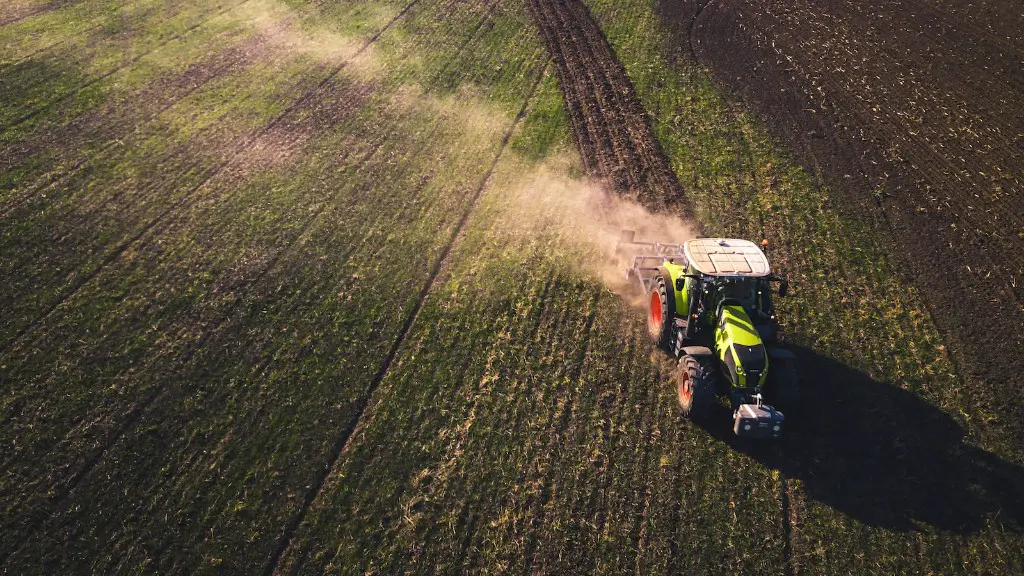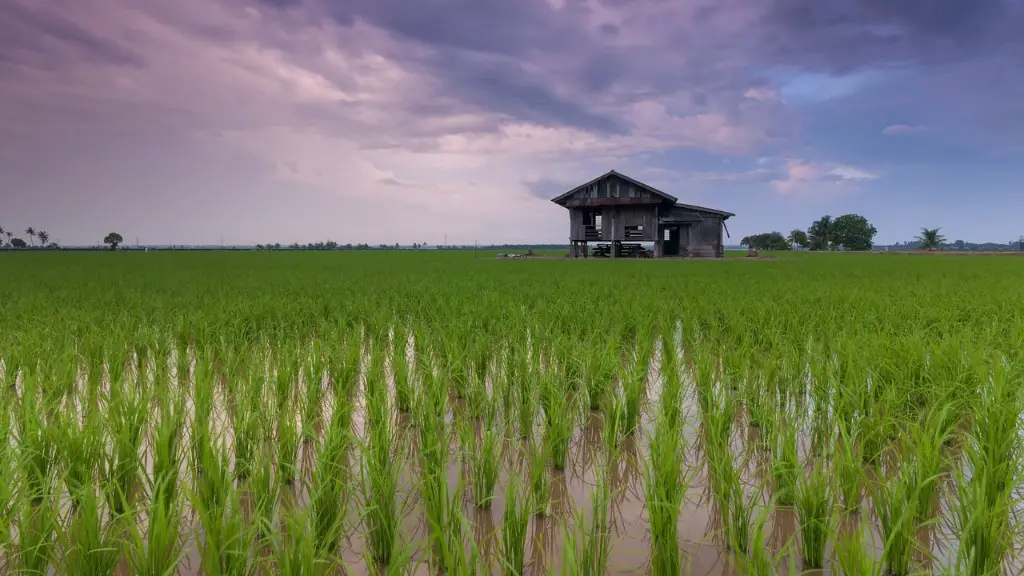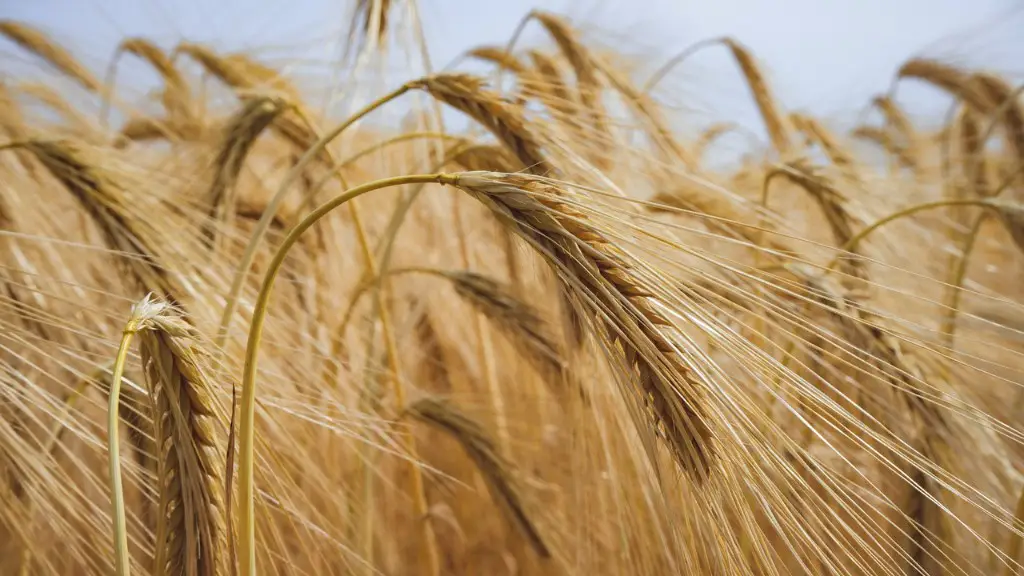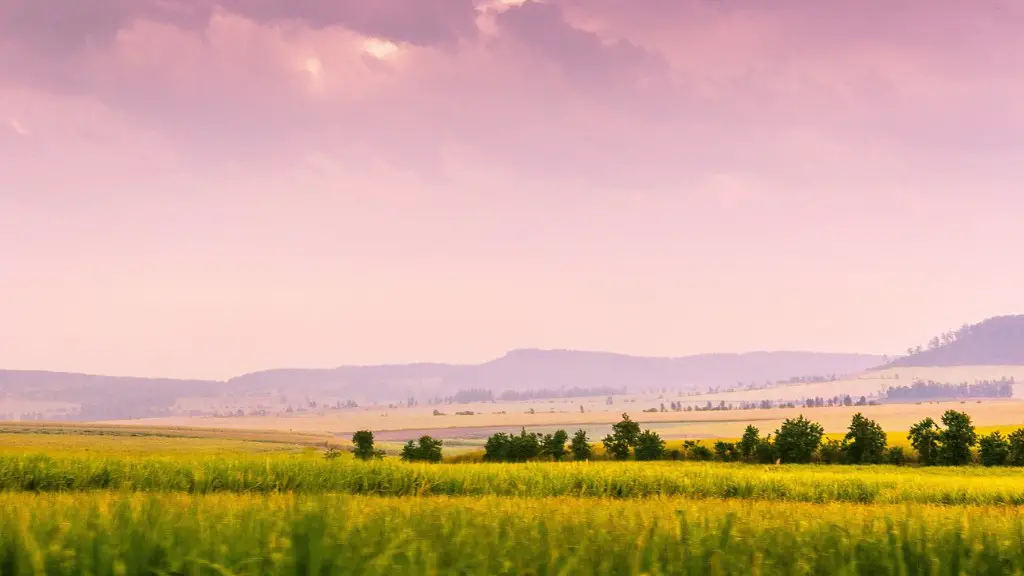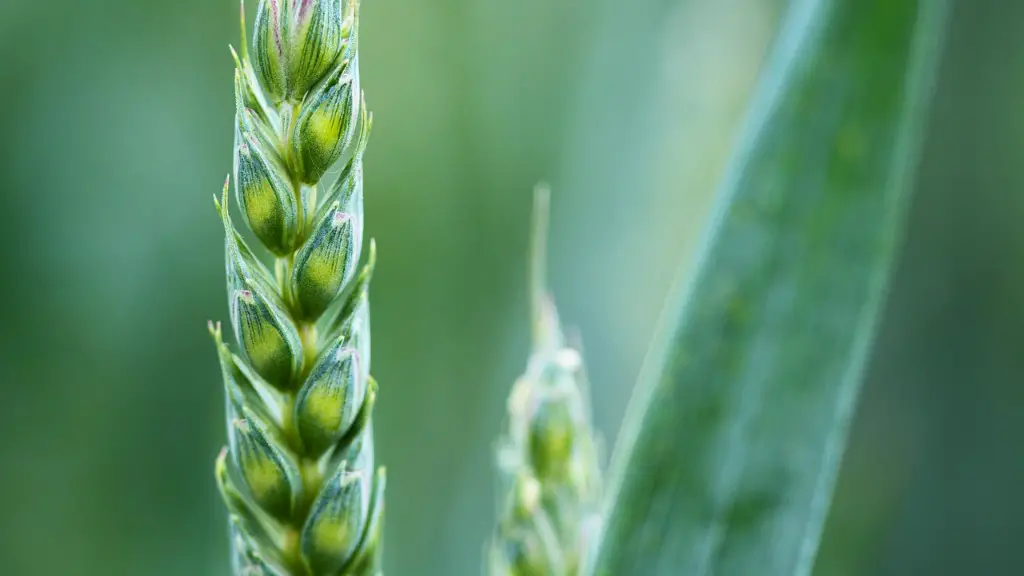Agriculture is the practice of growing, harvesting and cultivating food crops. It has been around since human beings first left hunting and gathering to settle down and farm the land. It has been an important part of civilizations since their inception, and it’s still an important part of many communities around the world. But how did agriculture spread? How did humans discover it, develop it, and teach it to others? Let’s explore the history of agriculture and how it spread.
Agriculture is believed to have started around 12,000 years ago in different parts of the world. The first known sites of agricultural development are in the Near East and Southeast Asia. At the time, people would have used simple tools and the force of their own hands to clear land and plant crops. Over time, they developed more sophisticated techniques, producing greater yields and allowing for large-scale farming.
The spread of agriculture was likely facilitated by the spread of people, as well as the exchange of ideas and knowledge. As people moved around, they would have carried their methods with them, leading to agriculture appearing in various areas as humans settled down in different places. They would also have encountered others with their own methods, which could have resulted in the spread of some new techniques.
The spread of agriculture was no doubt helped by trade between different groups and the emergence of long-distance trade routes. People from different areas would have come into contact with each other and exchanged goods and ideas, including techniques and materials related to crop production. This would have resulted in the movement of knowledge and techniques across vast distances, expanding the range of areas where agriculture was practiced.
Agriculture also spread through conquest and colonization. Conquering tribes would have brought their methods and techniques to new areas, as well as establishing settlements for their own people. This would have led to the adoption of their methods by the local populations, and in some instances, the replacing of their methods with those of the new arrivals.
In addition, agriculture spread through religious influence. Religious leaders and followers would have taken the ideas and techniques associated with agriculture with them on their travels, teaching them to others, and establishing them in new areas. This could have been the result of mission work, or simply a desire to share the knowledge with others.
Finally, agriculture spread through population pressures. As populations grew, people would have needed to expand the land they farmed, moving into new areas in search of more resources. They would have taken their methods and ideas with them, establishing themselves in new areas and teaching their techniques to the locals.
Mechanization of Agriculture
The mechanization of agriculture is an important factor in the spread of the practice. As technology improved and the invention of machines enabled farming to become increasingly efficient, the practice expanded across larger areas. This allowed for the production of more food, leading to greater population growth, and ultimately leading to more farming.
The use of machines also allowed for farming to become a commercial activity, as large-scale mechanized farming allowed for greater efficiency and for a larger output of food. This enabled people to produce more food for sale in different areas, rather than just for local consumption, resulting in the spread of knowledge and equipment related to farming.
In addition, mechanization made farming more accessible to more people, as the need for labor was reduced and costs associated with equipment were lowered. This allowed more people to become involved in farming, as well as more people to learn the techniques associated with it, resulting in its greater spread.
Finally, the invention of new machines and improved techniques allowed for the large-scale production of food, enabling the growth of industry and trade. This resulted in the spread of products related to agriculture, such as fertilizers and machinery, leading to a greater spread of knowledge and techniques related to the practice.
Legislation
Legislation also played an important role in the spread of agriculture. Governments began to pass laws that encouraged or enabled the growth of agrarian activities, such as the enclosure of land or the introduction of taxes. These laws enabled a greater number of people to become involved in farming, as well as providing incentives for them to do so.
In addition, governments often passed laws which protected the rights of farmers, ensuring that they received fair compensation for their labor and that they were not taken advantage of by their employers. This increased the stability of the industry and incented more people to join in, enabling the spread of agricultural techniques.
Finally, governments often passed laws related to the trade of agricultural goods. These laws provided incentives for farmers to export their goods, as well as providing safeguards to ensure that the quality of their products was of a certain standard. This incentivized the spread of some of the knowledge and techniques related to agriculture.
Modern World
Agriculture continues to play an important role in the modern world, contributing to the economic and social wellbeing of communities around the world. In many places, it uses the same basic principles and techniques as it did centuries ago, although there have been major advances in terms of mechanization and knowledge. This has enabled greater efficiency and productivity, as well as aiding in the spread of the practice to more areas.
In addition, the spread of agriculture to new areas continues to be enabled by a variety of factors, such as trade and movement of people, as well as advances in technology. The introduction of new agricultural methods, such as genetically modified organisms, has also enabled the spread of agriculture to new areas.
Finally, the spread of knowlege and techniques associated with agriculture is aided by the growth of technology. The internet and other digital platforms have enabled the sharing of techniques and knowledge related to farming on a worldwide scale, as well as providing access to more information than ever before.
Government Support
In recent years, governments have taken an increasingly active role in encouraging and supporting the spread of agriculture. Governments have established various incentives for those involved in agricultural activities, ranging from tax breaks to grants for the purchase of agricultural equipment. This has enabled the spread of knowledge and techniques related to the practice, as well as providing further incentives for people to become involved in farming.
In addition, governments have begun to prioritize sustainable agricultural practices, ensuring that farmers have access to the most up-to-date techniques and technologies. This has enabled the spread of more efficient and productive techniques and technologies, resulting in the efficient production of food in more places. In some cases, this has even allowed farmers in different areas to specialize in certain crops, creating a greater range of products for consumption.
Finally, governments have begun to establish programs to support small-scale agricultural activities, such as access to sells or marketing assistance. This has enabled more people to become involved in agriculture, as well as allowing for the practice to spread to a wider range of areas.
Educational Programs
In addition, the spread of agriculture has been aided by educational programs. These programs have provided access to more information and knowledge related to agricultural activities, as well as giving people the opportunity to learn these skills firsthand. This has enabled a greater number of people to become involved in farming, leading to the spread of knowledge and techniques of the practice.
In addition, these programs have proved to be very successful in promoting more sustainable agricultural practices. This has enabled more efficient and productive methods to become widespread, as well as introducing new technologies and techniques that can increase yields and reduce the risks involved in farming.
Finally, educational programs have enabled more young people to become involved in farming. This has enabled more knowledge and techniques to be shared among different populations, as well as allowing for more diversity in the agricultural sector. This has enabled the spread of practices and technologies to more areas, allowing for better access to food.
Social Media
Social media has also played an important role in the spread of agriculture. Social media platforms have created a global online community of people interested in or involved in agricultural activities. This has enabled the sharing of knowledge and techniques, which has enabled a greater spread of information and ideas related to the practice.
In addition, social media has played a role in increasing the visibility and recognition of agriculture. This has enabled it to spread to more areas, as well as providing more support and recognition to those who are involved in the practice. This has enabled more people to become involved in agriculture as it has become more visible and accepted.
Finally, social media has enabled more people to become involved in open source and collaborative agricultural projects, which have enabled farmers to share their knowledge and experiences. This has allowed for the development of more efficient and productive techniques, as well as enabling these techniques to spread to more places.
